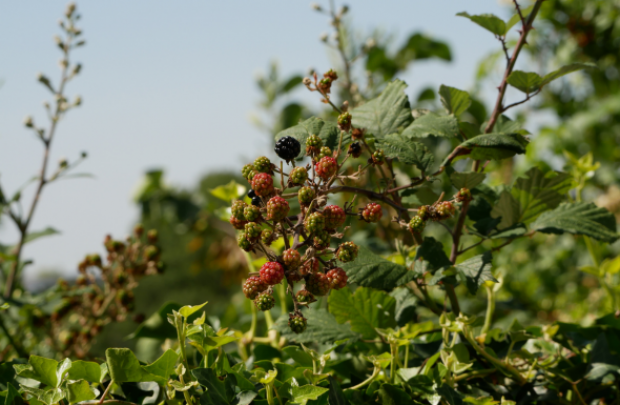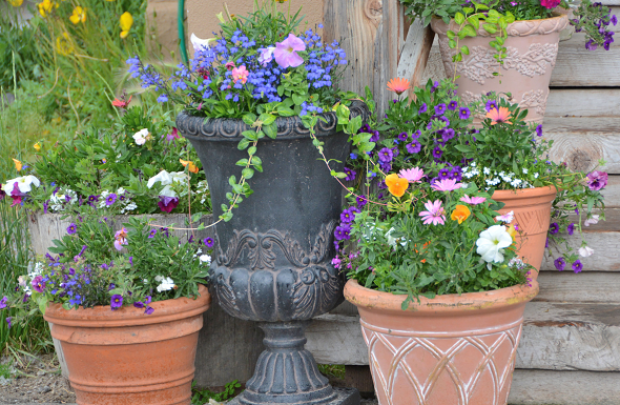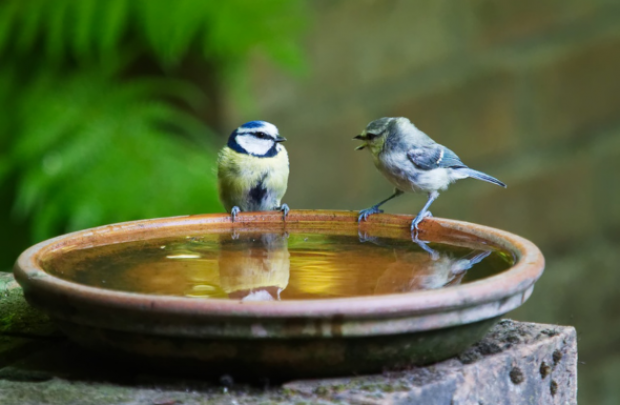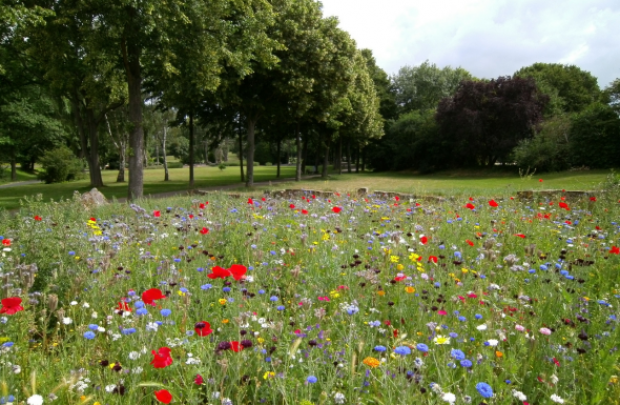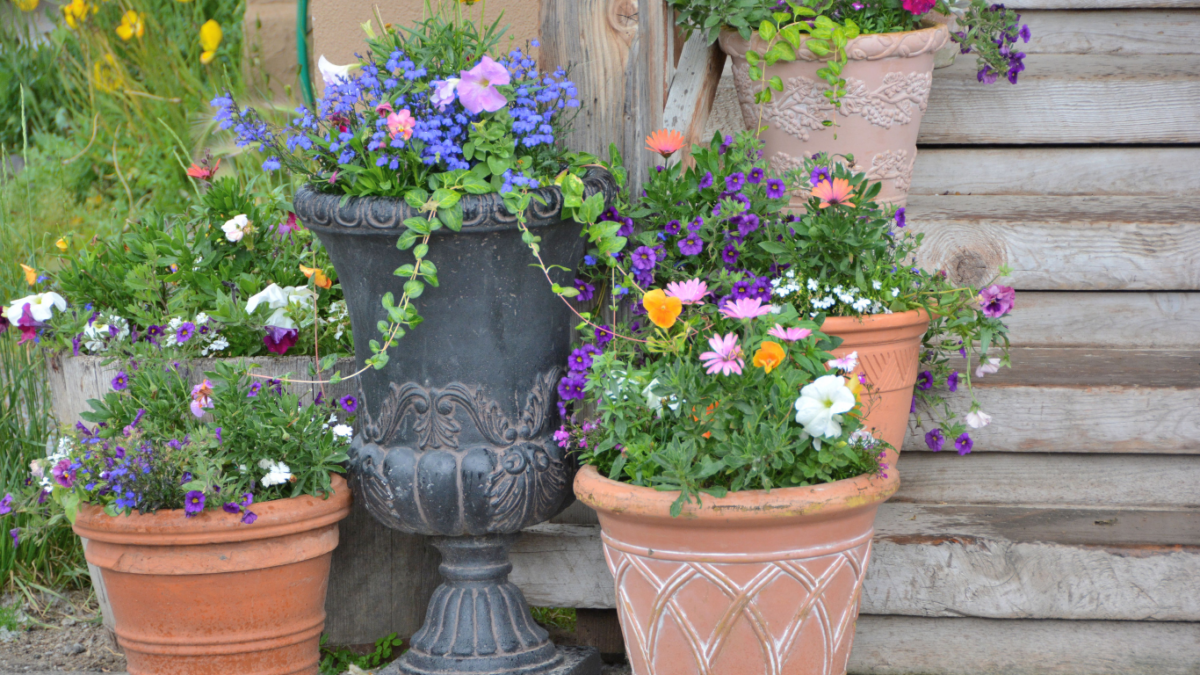
How to help UK wildlife in July
As we settle into midsummer, it's the ideal time to enjoy the warm weather and get out in your Naturespace or your community to take action for wildlife.
Here's five actions for local wildlife you can do in July.
Set up a moth trap
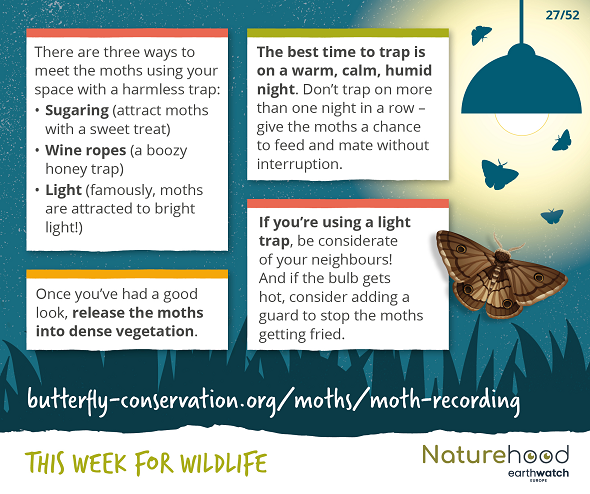
Setting up a moth trap is a fun way to discover which moths are visiting your space! Scientists use moth traps to gather data on night-flying moths so they can understand how they are doing.
Find out more about seeing and catching moths safely here.
Use container plants
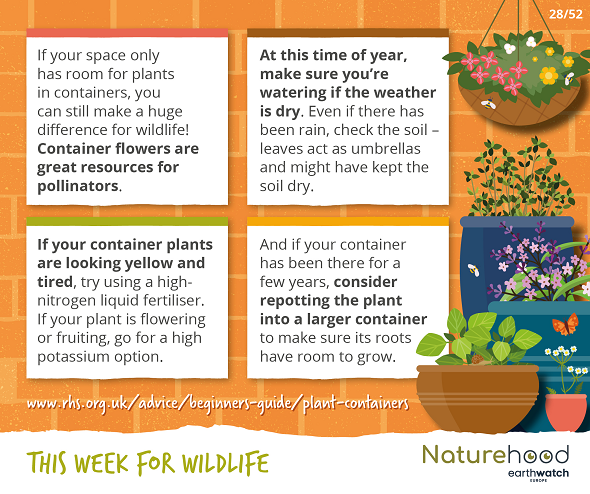
If you are unable to plant due to lack of space or because you rent, you can still help wildlife by having container plants! They can fit on balconies, windowsills, patios, or even on a wall. Container flowers are great for pollinators.
Get more information on using containers for plants here.
Join the Big Butterfly Count
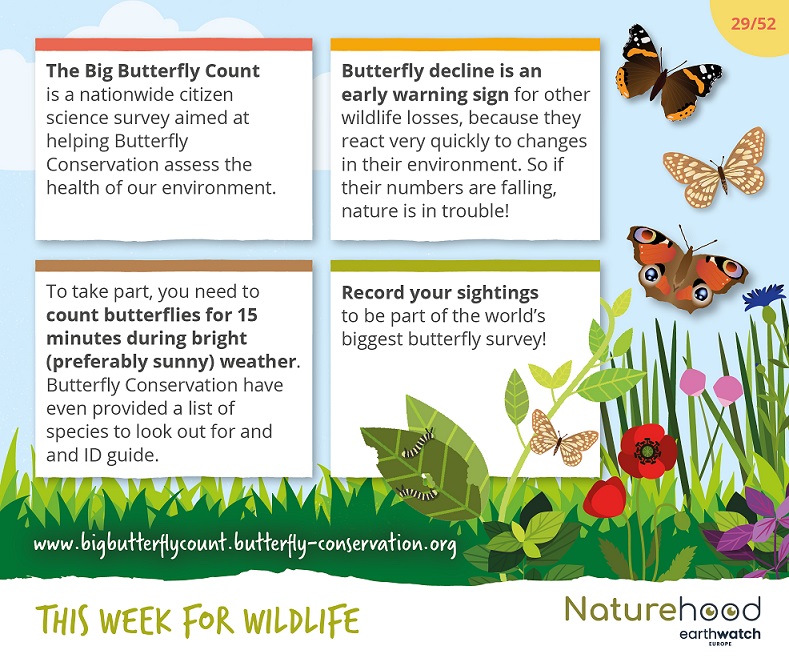
Every year Butterfly Conservation runs the Big Butterfly Count, encouraging everyone to get out and record the butterflies they see. It only takes 15 minutes, and you can do it anywhere (preferably somewhere sunny!). Even if you don't see any butterflies, still send off your Count results as it's just as important to know if there are no butterflies present.
Sign up and take part here.
Try composting
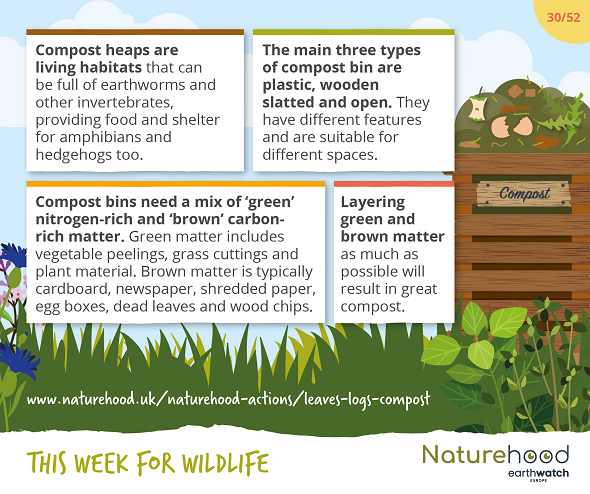
Compost heaps are havens for all kinds of wildlife, from worms to lizards to hedgehogs. There are different kinds of compost bins that are suitable for different spaces. As long as wildlife can access them, they will provide shelter and food for various species.
Find out more on how to set up a compost heap or bin here.
Take part in DragonflyWatch
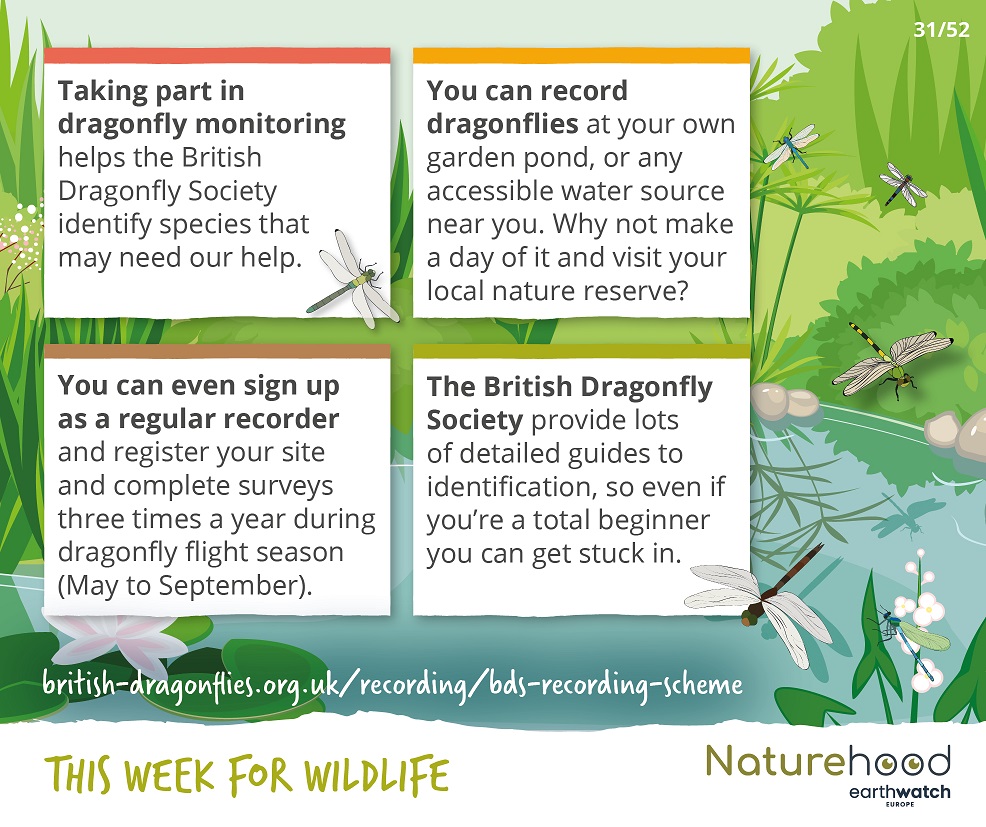
The British Dragonfly Society runs DragonflyWatch, encouraging people to record any dragonflies they see near a water source such as a garden pond. The data helps them to track changes in dragonfly species distribution and abundance, and to identify species in decline that may need our help.
Register and submit your results here.
For more tips and ideas on how you can help our wildlife every week of the year, sign up to our newsletter or follow us on Facebook.
